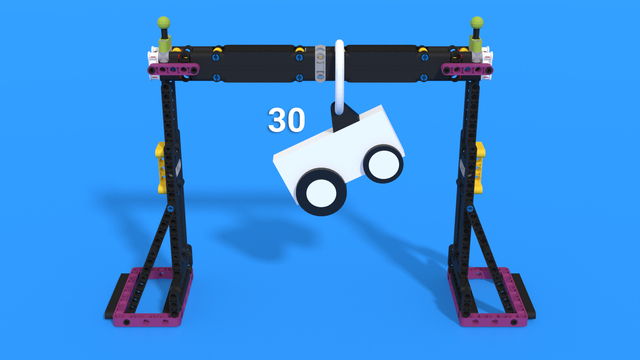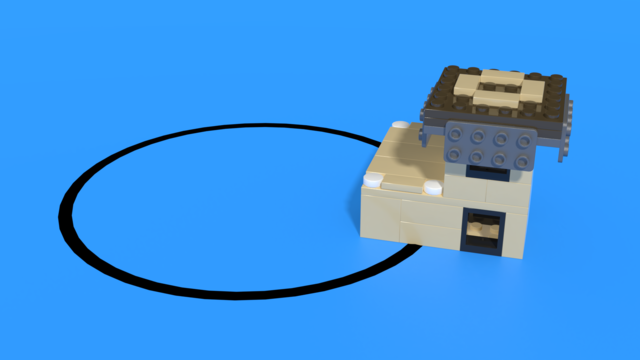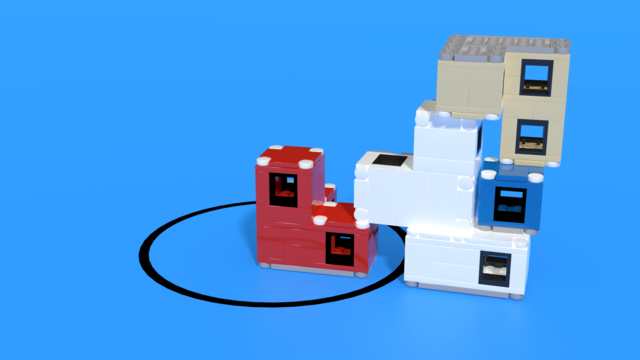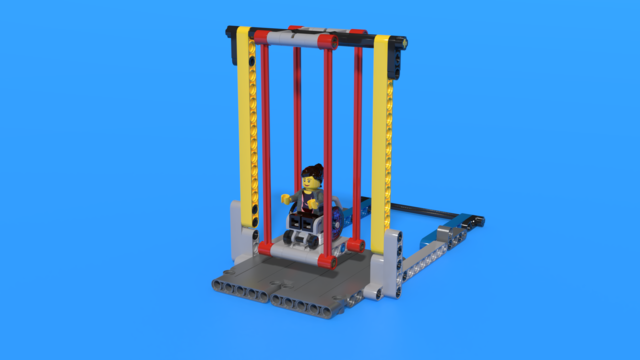
Robot Dance M07 FIRST LEGO League 2020-2021 RePLAY Challenge
The robot is dancing on the dance floor at the end of the match.
- #1665
- 31 Aug 2020

The robot is dancing on the dance floor at the end of the match.

The robot passes completely under the bar any time. Separately, it is held off the mat by the bar at the end of the match.

The robot raises the crate up the post and gets a cube into it.

The robot removes the backrest, flattens the bench, and gets cubes into the hopscotch spaces.

The robot slides the people (called “slide figures”) down the slide and moves them to other areas.

The robot slides the step counter slow and steady. The farther the “walk,” the better.

Поддъжайте връзка с хората.
Напишете им тези писма.
Говорете по този начин с тях.

Когато работим с каквато и да е програма, имаме нужда да запазваме нашите файлове редовно на компютъра си. След това ако искаме да продължим работа по някой по-стар файл, трябва да го заредим от компютъра. Сега ще разберете, как можем да направим това със Scratch.


В началото на група се подарява папка на ученика с материали свързани с Робопартанс. Съдържанието на папката е:
визитка, картонче с името и място за паролата, календар на занятията в срока, правила за поведение, други подаръци.


Целта на това занптие е учениците да се забавляват с нов робот.


Only one counts per stack
If an Upgrade (solar panels, roof garden, insulation) is Independent, and Supported only by a Stack which is at least partly in any Circle:
(mission descriptions source https://www.first-lego-league.org/)

Bring the blocks to a specific place on the field in a specific way


score one or the other
If there is a team-designed Structure clearly bigger than a Blue Building Unit, built only from your white LEGO bricks
Note: Design and build your own Structure before you compete, then bring that to each Match. You don’t build it during the Match.
Note: Your mission 11 Structure needs to be built from Bag 10 elements only. It can include the red and gray elements. Not all of the Bag 10 elements need to be used.
(mission descriptions source https://www.first-lego-league.org/)

If the Steel Structure is Standing, and is Independent, and Supported only by its hinges as shown


If the Test Building is Independent and Supported only by the blue beams, and some beams have been knocked out at least half way:
(mission descriptions source https://www.first-lego-league.org/)


Score one or the other
If the Elevator’s moving parts are Independent, and Supported only by its hinges as shown, in the following position:
(mission descriptions source https://www.first-lego-league.org/)


If the Swing is released: 20
(mission descriptions source https://www.first-lego-league.org/)

 Scores:
Scores:Score all that apply
If a Unit is Independent and Supported by the Tree’s:
(mission descriptions source https://www.first-lego-league.org/)


If the Bat is Supported by branch (B) on the Tree: 10
(mission descriptions source https://www.first-lego-league.org/)


If the Inspection Drone is Supported by axle (A) on the Bridge: 10
(mission descriptions source https://www.first-lego-league.org/)


Score all that apply
If the Hooked Blue Unit is:
Note: You can only get Flag points if you get Bridge points.
Note: Rule 31 allowance: It is okay and expected for Robots to collide while trying to earn Flag points.Note
Note: When clearly only one Robot is holding a Flag raised, only that Robot scores for that Flag
(mission descriptions source https://www.first-lego-league.org/)

Move the robot to the bring. Bring the flags up


Целта на това занятие е учениците да се запознаят с настройката за измерване на отразената светлина на цветния сензор и да си припомнят как се следва линия.


Трети колела, промени по роботите, учениците могат сами да изберат задачата си. Опитайте се да се забавлявате с учениците, както и да им помогнете да приключат задачите си. Ето няколко съвета как да проведете урока.